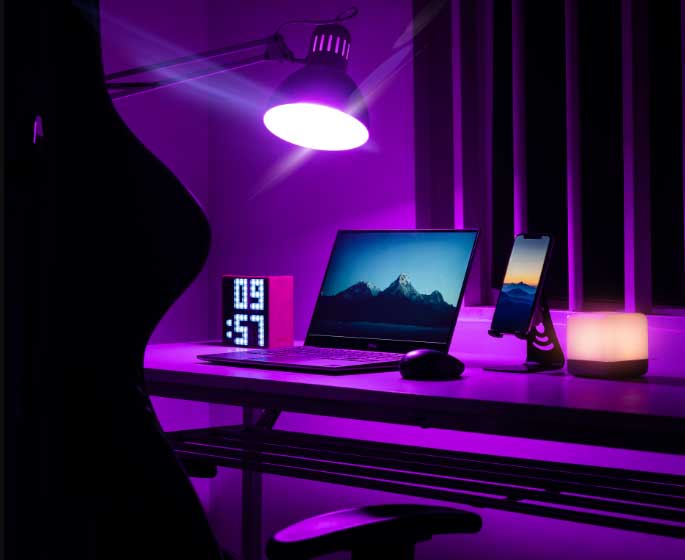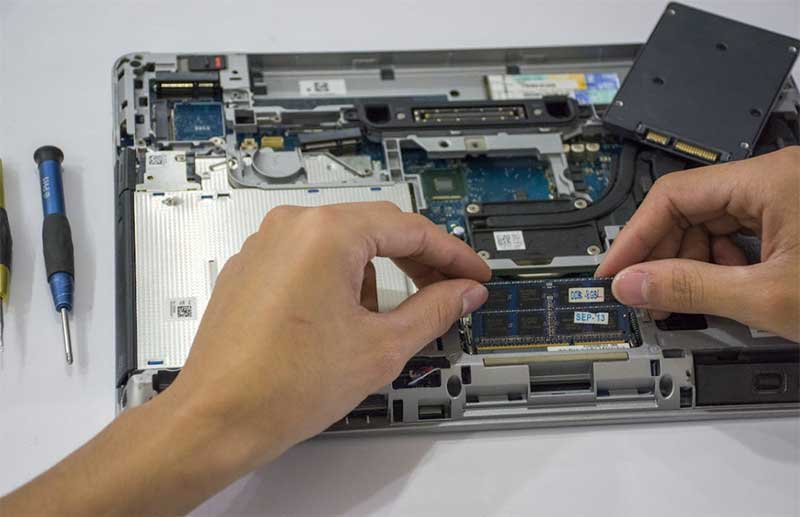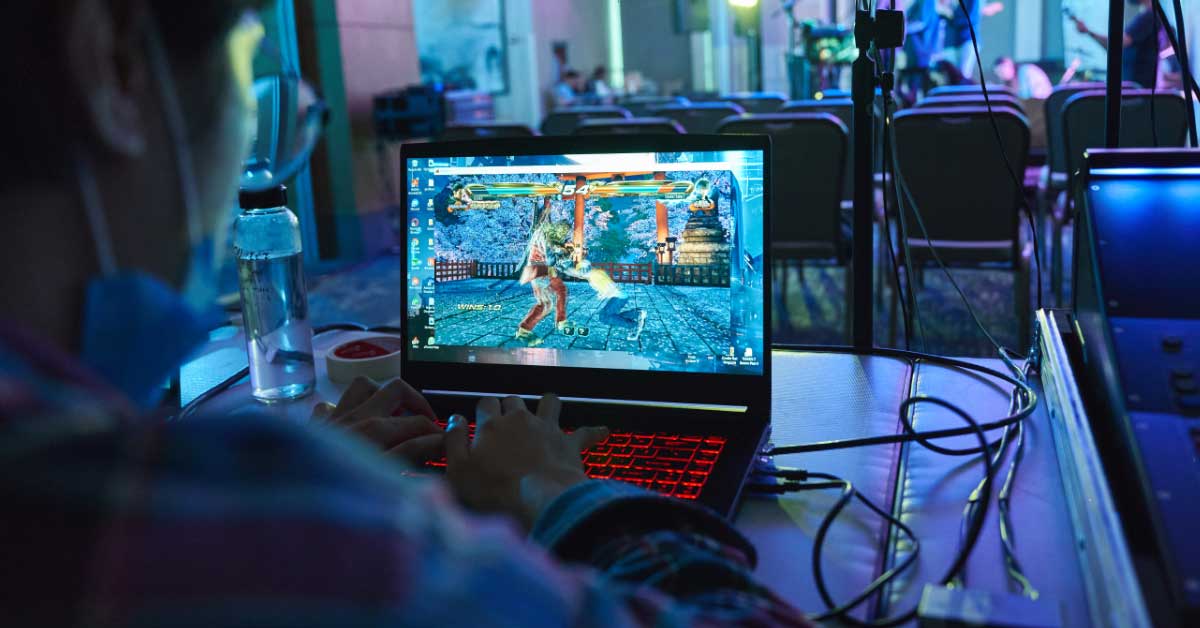The graphics card is an essential component in a laptop, responsible for rendering images and videos, playing games, and running creative software. If you’re a gamer, graphic designer, or video editor, having a powerful graphics card is a must. But can you upgrade your laptop’s graphics card? Read on to find out.
Understanding of Laptop Graphics Cards
Before discussing the upgrade process for laptop graphics cards, it is essential to delve deeper into how they work. A laptop’s graphics card is integrated into the motherboard and is not as easily accessible as a desktop graphics card. Graphics cards in laptops come in two main types: integrated and dedicated.
Integrated Graphics Cards
Integrated graphics cards are built into the laptop’s CPU and share the system’s memory (RAM) with the CPU. These graphics cards are designed for basic tasks such as browsing, watching videos, and running less demanding software. As they share resources with the CPU, integrated graphics cards are usually less powerful than dedicated graphics cards.
Dedicated Graphics Cards
Dedicated graphics cards have their memory (Video RAM or VRAM) and processing power separate from the system’s memory. This separation allows dedicated graphics cards to handle more demanding tasks, such as gaming, video editing, and 3D rendering. These graphics cards provide significant performance gains over integrated graphics cards and are often found in gaming and professional laptops.

Key Factors to Consider Before Upgrading
Upgrading a laptop’s graphics card is not a simple task and requires careful consideration of various factors. The following aspects should be taken into account before attempting to upgrade your laptop’s graphics card:
Dedicated Graphics Card Slot
Check if your laptop’s motherboard has a dedicated graphics card slot. Most laptops have integrated graphics cards soldered onto the motherboard, making it impossible to upgrade. However, some laptops, especially gaming and workstation models, come with a dedicated graphics card slot, allowing for potential upgrades.
Compatibility with Laptop System Requirements
Ensure that the graphics card you want to upgrade to is compatible with your laptop’s system requirements. This compatibility includes factors such as power supply, cooling, and physical dimensions. Upgrading to a graphics card that exceeds your laptop’s capabilities can lead to performance issues and hardware damage.
Warranty and Voiding Concerns
Check your laptop’s warranty and determine if upgrading the graphics card will void it. Upgrading a graphics card on your own or through an unauthorized service provider may result in the loss of warranty coverage, leaving you responsible for any repairs or damages that occur.

Risks and Challenges of Upgrading a Laptop Graphics Card
Upgrading a laptop’s graphics card is a complex and risky process, not recommended for inexperienced users. Several risks and challenges are associated with upgrading a laptop graphics card:
Permanent Damage: If the upgrade process is not executed correctly, it can cause permanent damage to the laptop. This damage can include issues such as short circuits, overheating, and component failure.
Warranty Voiding: As mentioned earlier, upgrading a graphics card may void the laptop’s warranty, leaving you responsible for any subsequent repairs or damages.
Fire Hazards: Improper installation or using an incompatible graphics card can result in overheating and, in extreme cases, a fire hazard.
Technical Knowledge and Experience Requirements: The process of upgrading a laptop graphics card can be time-consuming and challenging. It requires technical knowledge and experience to perform the upgrade correctly and avoid any potential risks.

Are There Any Alternatives to Upgrading?
If upgrading the graphics card is not possible or not worth the risk, then yes, there are alternatives to consider. One option is to use an external graphics card, also known as an eGPU. This option connects to your laptop via a Thunderbolt or USB-C port.
An eGPU can provide a significant performance boost without the risks associated with upgrading a laptop’s internal graphics card. Another option is to invest in a new laptop with a more powerful graphics card, especially if your current laptop is outdated or has other performance issues.
Thunderbolt as a Viable Upgrade Option
Thunderbolt is an advanced connectivity solution that integrates PCIe, DisplayPort, and occasionally DC Power into a single interface. Thunderbolt 3 and 4 have adopted the USB Type-C connector, enhancing their versatility.
It’s important to note that not all USB Type-C ports have Thunderbolt functionality, although Thunderbolt 3 and 4 ports exclusively use USB Type-C. To distinguish a Thunderbolt port, search for the “Lightning Bolt” symbol near the USB-C port.
A key characteristic of the Thunderbolt port is its high-speed PCIe lanes, enabling data transfers at exceptional speeds (up to 40Gbps). This impressive performance has facilitated the emergence of external GPU (e-GPU) solutions compatible with Thunderbolt ports.
External GPUs and Their Enclosures
Graphics card manufacturers and independent designers have developed enclosures specifically for conventional desktop graphics cards. These enclosures allow users to place the graphics cards inside and connect them to a Thunderbolt port, providing an e-GPU solution capable of significantly enhancing a laptop’s graphics capabilities.
The Significance of Thunderbolt Compatibility
When evaluating a potential graphics card upgrade for your laptop, it’s crucial to determine whether your laptop supports Thunderbolt. If your laptop features a Thunderbolt port, you can leverage an e-GPU connected through the Thunderbolt port to augment your laptop’s graphics performance.
Cost Considerations
While Thunderbolt e-GPUs offer a convenient and less risky option for upgrading your laptop’s graphics card, the costs associated with this solution can be significantly high. To set up an e-GPU, you must invest in a desktop PC GPU and a compatible Thunderbolt enclosure.
Additionally, dedicated e-GPU modules can be expensive. As a result, it is crucial to weigh the costs and benefits of investing in an e-GPU solution for your laptop.
Laptops with Upgradeable Graphics Cards
While most laptops do not support graphics card upgrades, some models, like the Dell Alienware M51, allow for it. These laptops come with a dedicated graphics card slot, making it possible to swap the graphics card for a more powerful one.
However, it is essential to check the compatibility of the new graphics card with the laptop’s system requirements and ensure that the BIOS supports upgrades. Researching the specific laptop model and consulting the manufacturer’s documentation can provide more information on the feasibility of upgrading the graphics card.
The Importance of BIOS Compatibility
The BIOS (Basic Input/Output System) is a crucial part of your laptop’s hardware that initializes and manages the communication between the operating system and the hardware components, including the graphics card.
If the BIOS does not support the upgraded graphics card, it may not work correctly or even cause the laptop to fail during booting. Before upgrading the graphics card, ensure that your laptop’s BIOS supports the new graphics card and, if necessary, update the BIOS to the latest version.

Preparing for a Successful Upgrade
If you have determined that your laptop is compatible with a graphics card upgrade and you are willing to take on the risks and challenges associated with the process, proper preparation is crucial for a successful upgrade. To prepare for the upgrade, consider the following steps:
Research Your Laptop Model: Study your laptop model’s specifications and consult the manufacturer’s documentation to identify any potential compatibility issues or unique challenges that you may encounter during the upgrade process. Familiarize yourself with the laptop’s internal components and layout to make the upgrade process smoother.
Gather the Necessary Tools and Equipment: Assemble the required tools for the upgrade, such as a set of small screwdrivers, an anti-static wristband, and thermal paste. Having the right tools and equipment will help prevent damage to your laptop’s delicate components during the upgrade process.
Acquire the Appropriate Graphics Card: Choose the appropriate graphics card for your laptop, considering factors such as power supply, cooling, physical dimensions, and compatibility with your laptop’s system requirements. Consult online forums, reviews, and the graphics card manufacturer’s documentation to ensure you select the best option for your specific laptop model.
Create a Backup of Your Data: Before attempting the upgrade, create a backup of your important data. Upgrading the graphics card involves working with the laptop’s internal components, and there is always a risk of data loss or corruption.
Find a Clean, Static-Free Workspace: Set up a clean, static-free workspace to perform the upgrade. This environment will help minimize the risk of damaging your laptop’s components due to static discharge or dust contamination.
By taking the time to prepare adequately for a laptop graphics card upgrade, you can increase the likelihood of a successful and risk-free process. However, if you are not confident in your ability to perform the upgrade, it is recommended that you consult a professional or consider alternative options, such as using an external GPU or purchasing a new laptop with a more powerful graphics card.
Precautions and Maintenance After Upgrading
After successfully upgrading your laptop’s graphics card, it is essential to take precautions and maintain the new hardware. Ensure that the laptop’s cooling system is functioning correctly, as a more powerful graphics card can generate more heat.
Monitor the temperature of the graphics card during heavy use to prevent overheating. Keep the laptop’s drivers up to date to ensure optimal performance and compatibility with the new graphics card. Regularly clean the laptop’s fans and vents to remove dust and maintain proper airflow.
Final Thoughts
Upgrading a laptop’s graphics card is not a straightforward process and may not be possible for most laptops. However, for specific models like the Dell Alienware M51, it can be a viable option to improve performance. If your laptop’s GPU isn’t upgradeable and you’re opposed to buying a new system, you may want to consider going through your Thunderbolt port or swapping motherboards.
Meet Ry, “TechGuru,” a 36-year-old technology enthusiast with a deep passion for tech innovations. With extensive experience, he specializes in gaming hardware and software, and has expertise in gadgets, custom PCs, and audio.
Besides writing about tech and reviewing new products, he enjoys traveling, hiking, and photography. Committed to keeping up with the latest industry trends, he aims to guide readers in making informed tech decisions.

